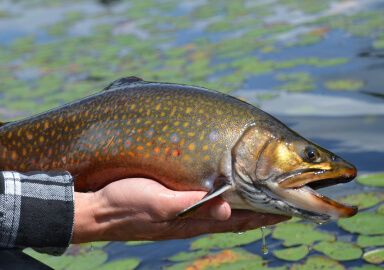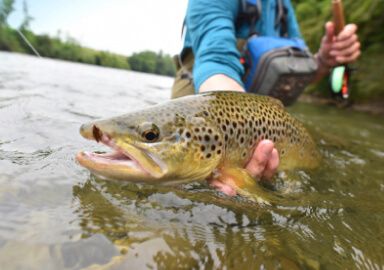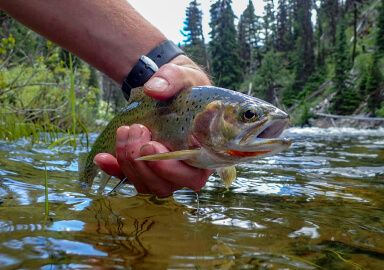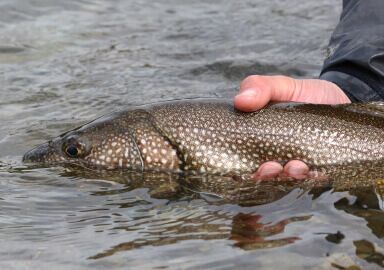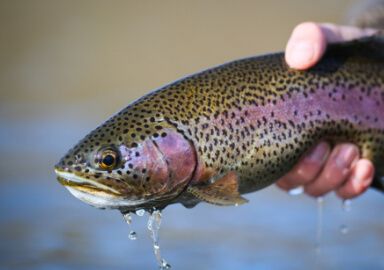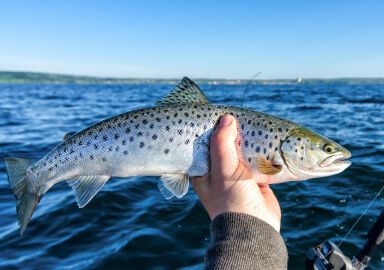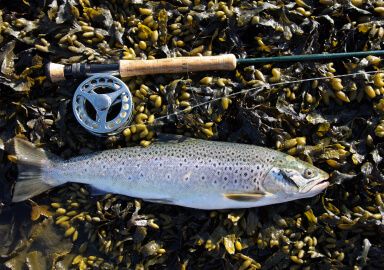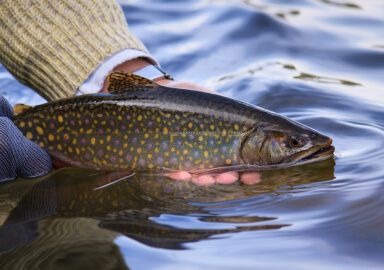Steelhead Trout
It takes patience to catch a steelhead, but once you’ve got one on your hook, you’re in for a spectacular, memorable fight that will have the line screaming off your reel.
View 17 listings
17
listings
–
price starting from
2
countries
Where and When?
Steelhead hatch in gravel-bottomed, fast-flowing, well-oxygenated rivers and streams. They then migrate to the ocean and return to freshwater to spawn. Steelhead are found along North America’s northwest Pacific coast from northern California to Alaska, as well as on the coast of Kamchatka, and have been transplanted elsewhere, including the Great Lakes region.
There are two distinct runs of Steelhead: “winter-run” and “summer-run.” Winter-run fish enter the freshwater system during the winter months, while summer-runs begin their migration during the spring and summer. Unlike Salmon, Steelhead return to freshwater to spawn multiple times throughout their lives. Because they remain in rivers for long periods of time, there is no one best time to catch steelhead, although most anglers concentrate on the fall months.
About Steelhead Trout
Steelhead are the anadromous, or sea-run form, of the rainbow trout. Steelhead are larger than rainbow trout, weighing up to 55 pounds and reaching 45 inches in length. They are not nearly as colorful, though; the body of the steelhead is a silvery gray chrome color and streamlined, with a rounded head. The coloration and shape of the head give the steelhead its name.
How to Catch?
It’s no secret that catching steelhead is challenging. Steelhead in fresh water are usually holding there, waiting to spawn, and they eat very little, so anglers must appeal to the fish’s aggressive tendencies to get it to strike. Bait, including shrimp or roe, lures, flies, and plugs can all be effective. Fly fishing, spin casting, placing a jig under a bobber, and even plunking are some of the many techniques used in Steelhead fishing.









